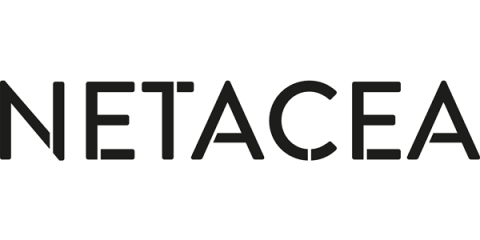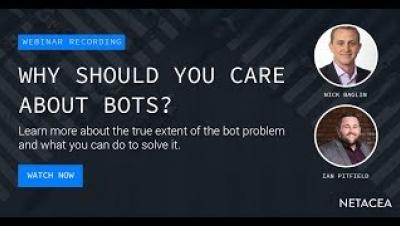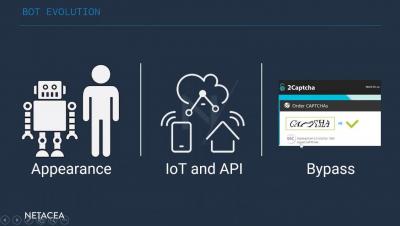Could a Flurry of Interactions Be Skewing Your Metrics?
APIs served as part of web and mobile applications are vital to enabling customers to interact with your business. However, it’s important to understand the impact on your business when these APIs are used in new, non-standard and potentially unintended ways. While APIs are usually written and intended for use with certain frontends (i.e. web application or mobile app), they are served publicly on the internet and are open to inspection by any interested party.








